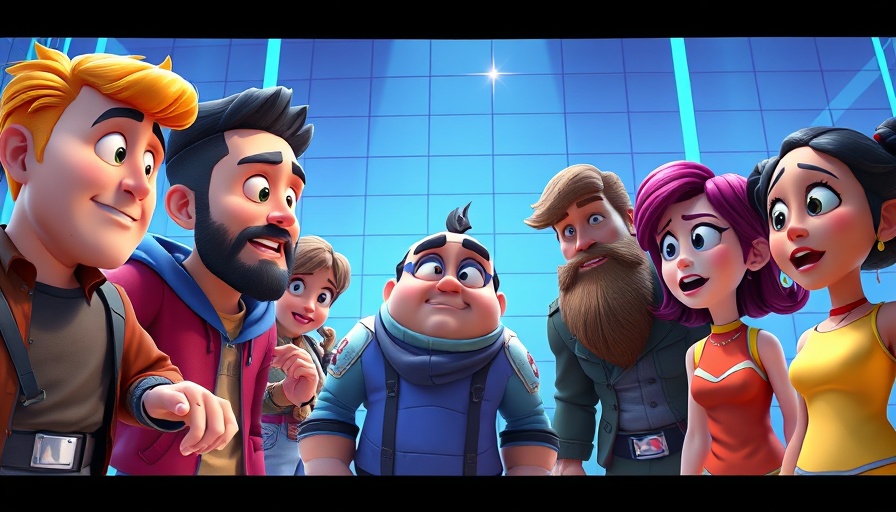
Understanding the AI Creators’ Dilemma: Where Do We Draw the Line?
In the rapidly evolving landscape of artificial intelligence, a curious phenomenon has emerged—using AI tools to create art that mimics the iconic style of celebrated creators like Hayao Miyazaki. The recent update to OpenAI's GPT-4o has made it shockingly easy for individuals to generate images reminiscent of Studio Ghibli's masterpieces. However, this progression raises significant moral questions about creativity, authorship, and the implications of replacing human artists with algorithms.
The Fine Line Between Inspiration and Imitation
Art has always borrowed from the past, but AI raises unique concerns. Artists have long drawn upon inspiration, translating influences into unique expressions. But what happens when a machine replicates those signatures without the soul of human experience? Ian Bogost, a professor at Washington University, points out that while AI-generated images may lack the 'human hand,' the real issue is the scale at which they are produced. This accessibility can potentially dilute originality, leading to myriad creations flooding the internet, flooding the market with what many might consider superficial reinterpretations.
The Duality of AI: Beauty and Ethics
Is AI-generated art beautiful or morally questionable? The answer lies in personal perception. Some may admire the aesthetics of AI art while others question its implications. Take, for example, the duality of fan art versus AI art—where a human artist copying a beloved style for personal enjoyment is generally accepted, the same act performed by AI invites critique and debate. This difference in perception fuels the conversation around the ethics of AI in creative spaces.
Intellectual Property: Navigating Uncharted Waters
A deeper dive into intellectual property reveals a rift in user philosophy. As fandom culture thrives, many fans produce artworks without profit, often defending their creations under the guise of homage. Yet, when AI produces similar works, some advocate for copyright protections, arguing that these systems are violating the sanctity and originality of artistic expression. This juxtaposition highlights the complexity of ownership in an era where machine learning is interwoven into the very fabric of culture.
Emotional Impacts on Human Creators
For artists and enthusiasts alike, the rise of AI in art generation can evoke feelings of deja vu or concern, worrying that their hard-earned skills and creativity could become secondary to algorithmic generation. The notion of artists fearing becoming obsolete resonates deeply within creative communities, sparking conversations around shifts in cultural landscapes. Will AI coexist with human creativity, or will it overshadow it entirely? As these questions remain unanswered, the emotional ramifications for artists can't be overlooked.
Envisioning the Future of Creative Technology
As we look to the horizon, the integration of AI technology in creative fields will likely expand. Companies may gravitate towards using AI to create content faster and at lower costs. However, this invites reflection on how art evolves alongside technology and whether genuine human creativity will emerge stronger, adapting to these changes. How will society balance technological advancements with the protection of creative expression?
A Call for Responsible AI Use
While ChatGPT generates stunning illustrations, we must tread carefully in recognizing the line between acceptable inspiration and substantive infringement. As creators, fans, and consumers, advocating for responsible AI practices becomes essential. Understanding the ramifications of technology's impact on artistic integrity can help ensure that both human and AI creativity can thrive.
To contribute to this dialogue, consider advocating for clear guidelines on AI use in the creative industry, ensuring that human creativity remains valued and celebrated. What role do you think we should allow AI to play in the world of art?
 Add Row
Add Row  Add
Add 




 Add Row
Add Row  Add
Add 

Write A Comment